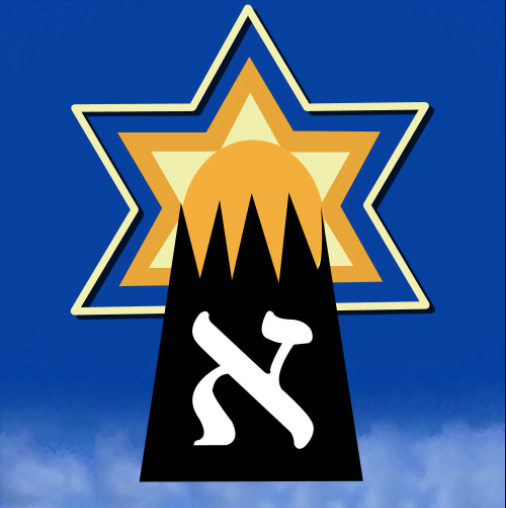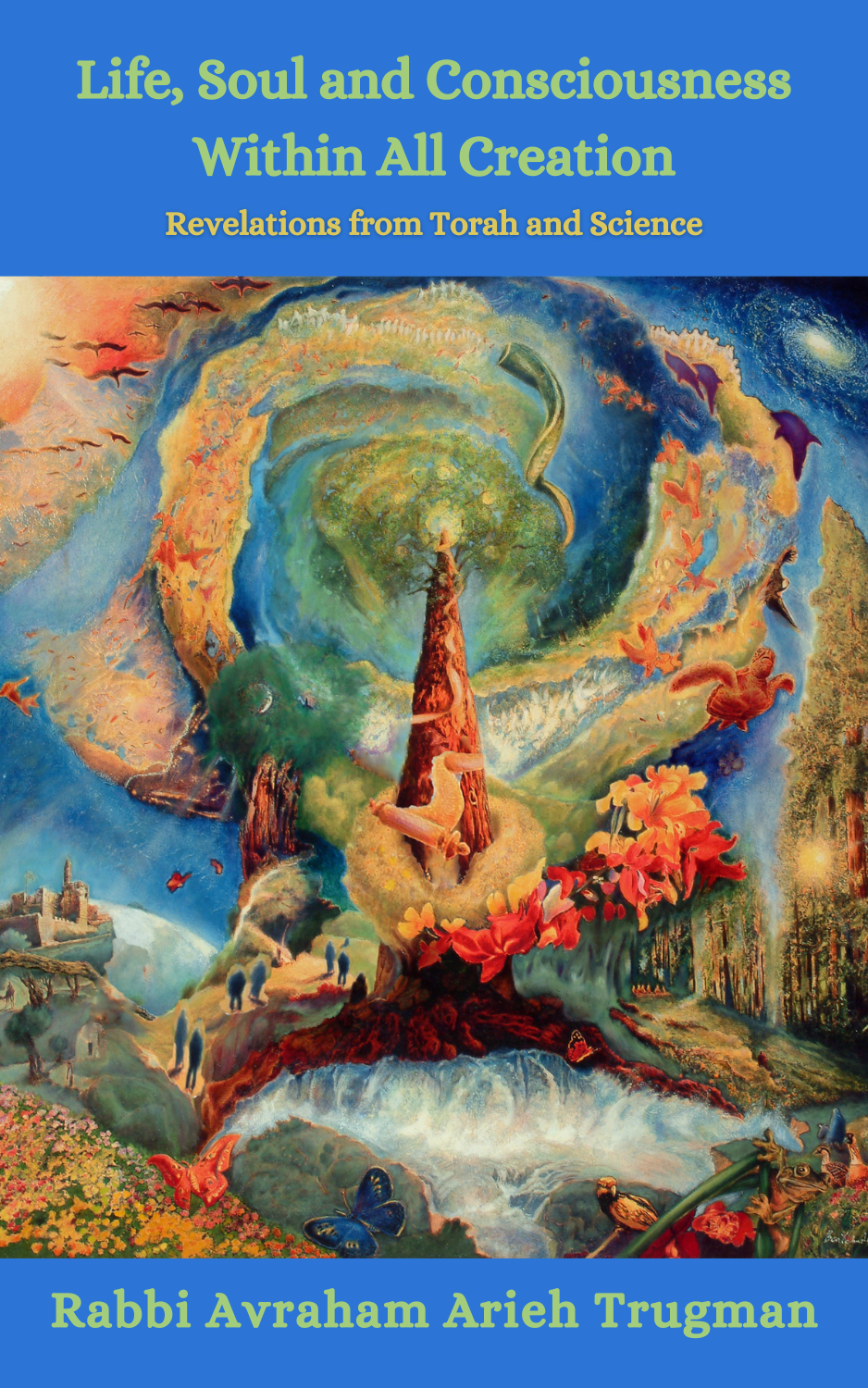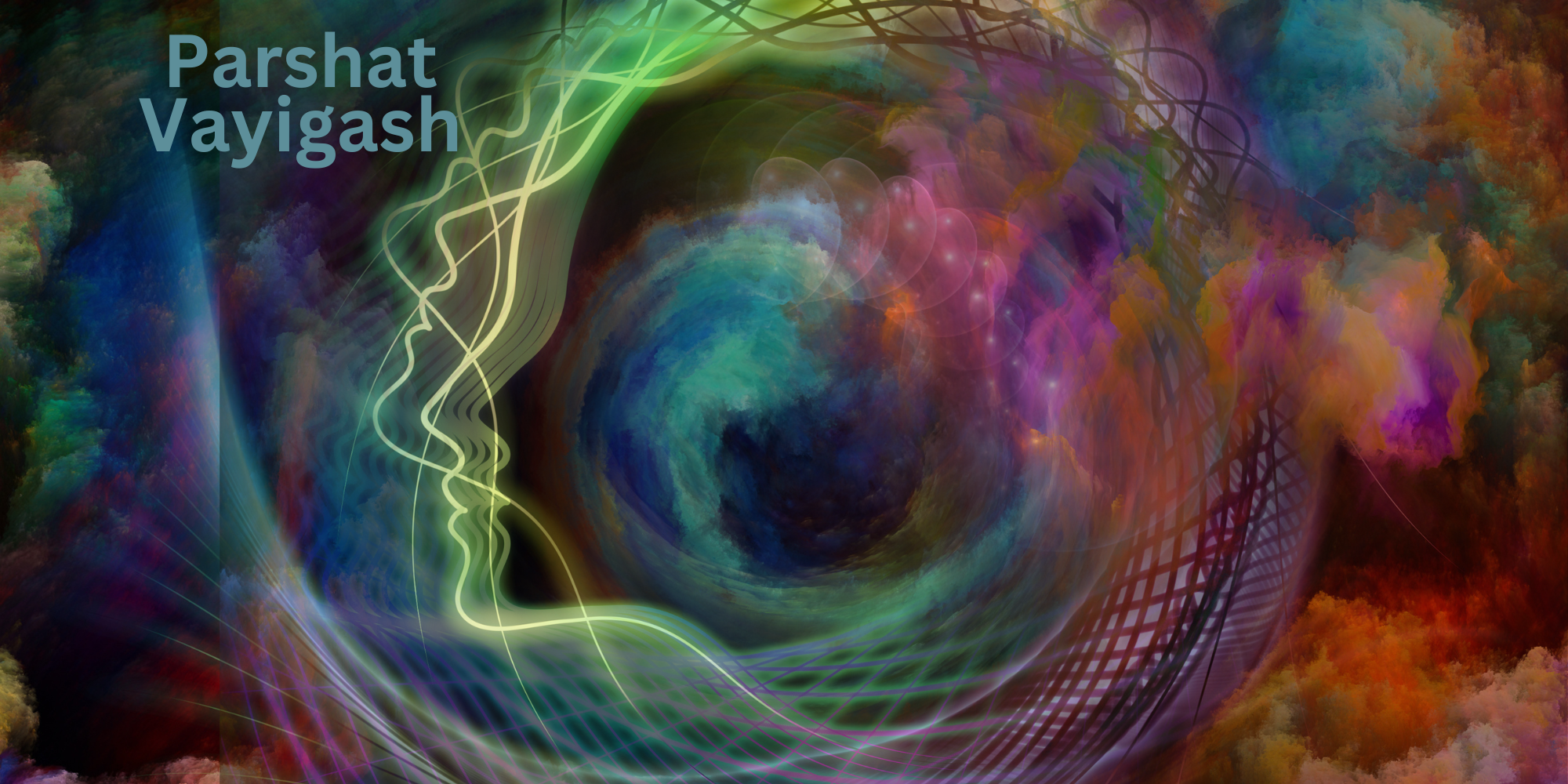Ki Tisa recounts one of the most catastrophic sins in Jewish history, the sin of the Golden Calf, which took place forty days after the Giving of the Torah. The enormity of this sin is best understood from its context. According to tradition, the Giving of the Torah was supposed to inaugurate a new era in human development. The Midrash explains that in preparation for the Giving of the Torah the Jews were cured of all their ailments and the world was purified of the primordial impurity of the snake of the Garden of Eden. The Jewish people reached a new level of consciousness, acting “as one person with one heart” and during the Giving of the Torah, the seven heavens opened and God revealed Himself to humanity, in a manner He never had before. Moses was supposed to descend from Mount Sinai after forty days, present the people of Israel with the tablets of the law inscribed with the “finger of God,” and lead the people into the Land of Israel where a new world order would be established. The Midrash even declares that death itself would have been abolished. All this potential development came to a disastrous halt when the Jewish people worshipped the Golden Calf.
Usually Ki Tisa is read on a Shabbat in close proximity to the holiday of Purim. This confluence alludes to the many deep comparisons between the Jewish people worshipping the Golden Calf and their attending King Achashverosh’s feast (Esther 1). Firstly, at the time of the Purim story, even the non-Jews apparently knew of Jeremiah’s prophecy that after seventy years in Babylonian exile the Jews’ captivity would end (Jeremiah 25:11-12). The only question was when this count had begun. Three years into his reign, Achashverosh became convinced that the seventy years had passed; therefore, he threw an enormous feast celebrating his ascendancy and the Jews’ failure to be redeemed and invited the Jews to celebrate with him. According to the Talmud, Haman was granted the power from on High to destroy the Jews because they attended and enjoyed this feast (Megillah 12a). Only Mordecai and Esther’s self-sacrifice and bravery foiled Haman’s wicked schemes. Likewise, after the sin of the Golden Calf, God declares His readiness to destroy the Jewish people and begin anew with Moses as the patriarch. Only Moses’ willingness to risk his own life by saying to God – “And now if You would forgive their sin – but if not erase me from Your book that You have written” (Exodus 32:32) – and his fervent prayers that the decree against the people be averted appeased God’s anger.
Parenthetically, the commentaries inform us that God never intended to allow either decree to be carried out, despite the Jews’ shameful behavior. Rather, like all tests, the purpose of these decrees was to awaken the Jewish people’s inner potential, which could only be revealed in crisis situations. In these cases, Moses, Mordecai, and Esther’s latent qualities of self-sacrifice and leadership needed to be uncovered to pave the way for future Jewish leaders.
The second link between Achashverosh’s feast and the Golden Calf is the gold mentioned in both. Achashverosh’s feast reached its lowest spiritual point when the golden vessels and garments looted from the Temple were used in the orgiastic festivities. The vessels were drunken from and Achashverosh went so far as to dress in the golden garments of the High Priest. This audacious act publicly affirmed the king’s belief that the seventy years had passed and the Jews would never be redeemed. Since gold was used extensively in the Tabernacle and the Temple as a means of rectifying the sin of the Golden Calf, Achashverosh’s desecration of the golden Temple vessels and the golden garments recalls the sin of the Golden Calf.
A third link between the two episodes is that both involved eating and drinking in an extremely impious fashion, as the Torah recounts, “They arose early the next day and offered up elevation offerings and they brought peace offerings [to the Golden Calf]. The people sat to eat and drink and they rose up to licentious behavior” (Exodus 32:6). At Achashverosh’s feast, the impious festivities also descended into debauchery as witnessed by the king’s request (elucidated by the Midrash) that Queen Vashti present herself naked to the men, wearing only her crown.
What, if any, is the relationship between the catastrophic effects of the sin of the Golden Calf and Purim? As implied above, the Giving of the Torah was supposed to return humanity to the utopian state of the Garden of Eden – to humanity’s level of consciousness prior to Adam and Eve’s sin. The Torah was to be the Tree of Life from which man would now be able to partake. The impurity of the snake would be permanently removed and eternal life would become a reality. The Arizal explains that the main protagonists in the story of Purim are soul sparks of the very same characters in the Garden of Eden: Achashverosh and Vashti embody Adam and Eve’s unrectified aspects, while Mordecai and Esther embody their rectified ones. The snake is none other than Haman. Thus, the Scroll of Esther can be read as describing the very same interplay of primordial and archetypal energies as that which occurred in the Garden of Eden, yet this time with a happier ending. Mordecai and Esther’s triumph did not signal the final redemption, but certainly brought about important rectifications.
The Talmudic Sages allude to one such rectification when they state that the Jews re-accepted the Torah at the time of Purim, in a manner that was on a higher spiritual level than the manner in which they accepted it at Sinai. At Mount Sinai, the Jews accepted the Torah willingly, but according to the Midrash there was a certain implicit – if not explicit – sense of coercion. In Persia, the Jews recognized God’s behind the scenes involvement and freely accepted the Torah with no reservations and no hint of coercion. They went from a state of near annihilation to an even stronger belief in God and the Torah.
Similarly, after the sin of the Golden Calf – when God seemed to entertain the thought of destroying the Jewish people and beginning anew with Moses – the Jewish people repented, and as a result of Moses’ supplications were forgiven. During this process, they also attained a higher spiritual level on some plane, for through their repentance God revealed to Moses the Thirteen Principles of Compassion, which would awaken God’s mercy whenever needed in the future. Furthermore, as an additional sign of God’s forgiveness, Moses descended Mount Sinai with the second set of Ten Commandments on Yom Kippur, which established it for all time in the Jewish calendar as the holiest day of the year. Thus we see that both the sin of the Golden Calf and the sin of attending Achashverosh’s feast nearly lead to annihilation, but through true leadership and the people’s repentance became the catalysts for obtaining new revelations and new levels of consciousness that paradoxically might not have been reached otherwise.







